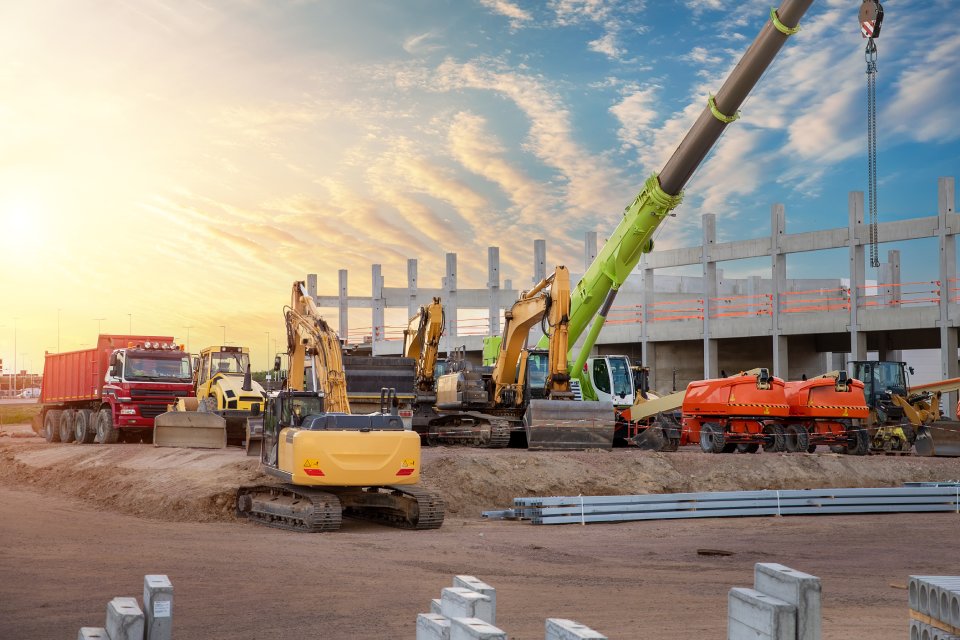Keeping your construction equipment in top shape is vital for your company’s success. Downtime caused by breakdowns can delay projects, increase operational costs, and frustrate your team.
By setting a maintenance schedule for your construction company, you can extend the lifespan of your machines and keep your projects moving smoothly.
Perform Proactive Maintenance
Waiting for a machine to break down can lead to costly repairs and project delays. Instead, work with manufacturers’ guidelines to establish a baseline for regular service intervals. This ensures that your equipment performs efficiently and lowers the risk of unexpected breakdowns.
Prioritize Heavily Used Equipment
Not all machinery in your fleet gets the same amount of use. Heavily utilized equipment tends to wear down faster, requiring more attention.
Start by identifying which machines are on-site daily or work the hardest, such as your excavators, bulldozers, or cranes. These should top your maintenance schedule. Addressing their needs first helps minimize the chance of disruptions since they are critical to ongoing operations.
Train the Team To Stick to the Schedule
Setting a maintenance schedule for your construction company doesn’t matter if nobody sticks to it. Your team plays a crucial role in following the timeline and reporting any issues. Make sure they’re trained to adhere to the schedule, from identifying wear and tear to performing basic inspections.
Look for Signs You Need To Move Service Up
Recognizing the signs that equipment needs attention is essential to prevent small issues from turning into costly repairs.
For example, some signs your skid steer needs professional service include unusual noises, decreased performance, or overheating. Pay attention to your equipment’s warning signs to address repairs before major damage occurs and save your organization time and money.
Keep Detailed Maintenance Records
With accurate records, you can track the frequency of service, identify recurring issues, and make data-driven decisions about replacing or upgrading equipment. Additionally, these records provide transparency and proof of proper care when it comes time to resell or return leased machines.
Stay Ahead of Maintenance To Succeed
Stay ahead of the curve to succeed in the construction industry. By implementing these steps today, you can begin to see meaningful improvements in your operations and set yourself up for long-term success.

